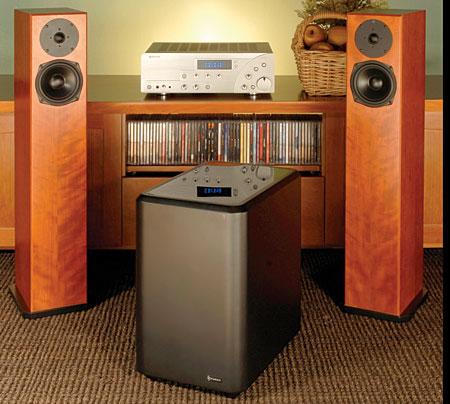Tower Speaker Reviews
Sort By: Post DateTitle Publish Date
|
Jan 30, 2012
|
Jun 24, 2013
|
Dec 15, 2004
|
Dec 23, 2006
|
Dec 24, 2005
|
May 13, 2007
|
Aug 27, 2000 |
First Published: Aug 28, 2000
|
May 08, 2015
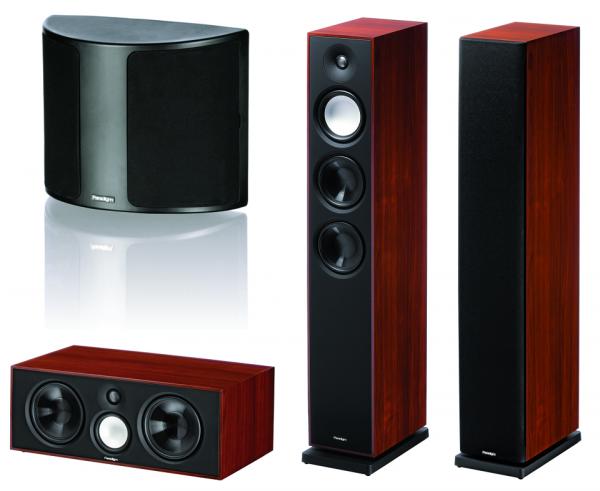

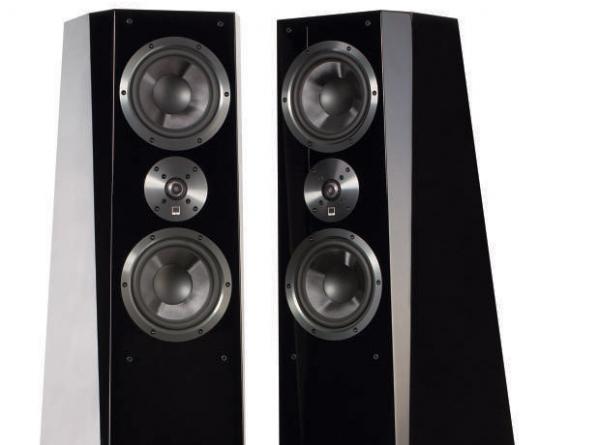






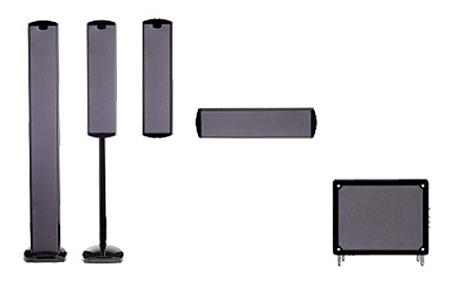

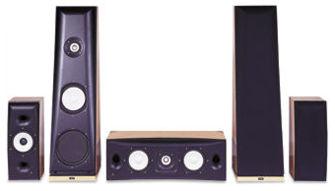

 Price: $18,790 At A Glance: Unique design with proprietary components • Seamless topto-bottom coherence • Wide dynamic contrast • See-through transparency and clarity
Price: $18,790 At A Glance: Unique design with proprietary components • Seamless topto-bottom coherence • Wide dynamic contrast • See-through transparency and clarity


